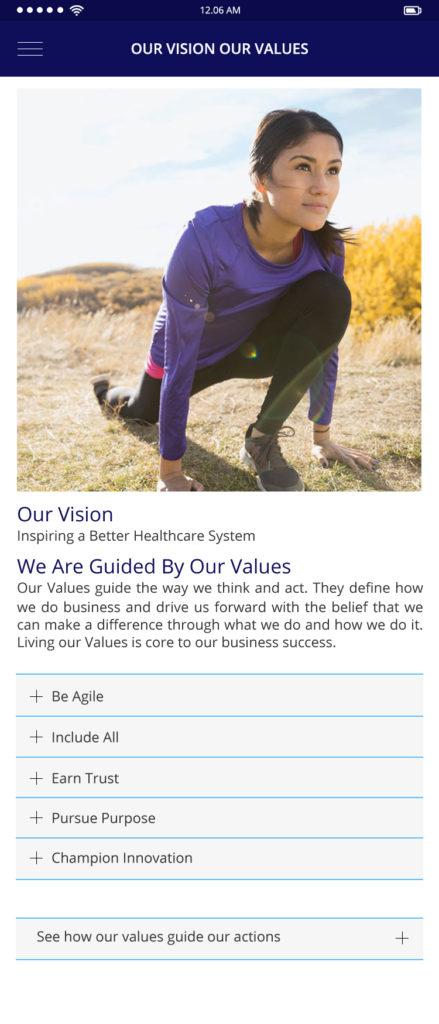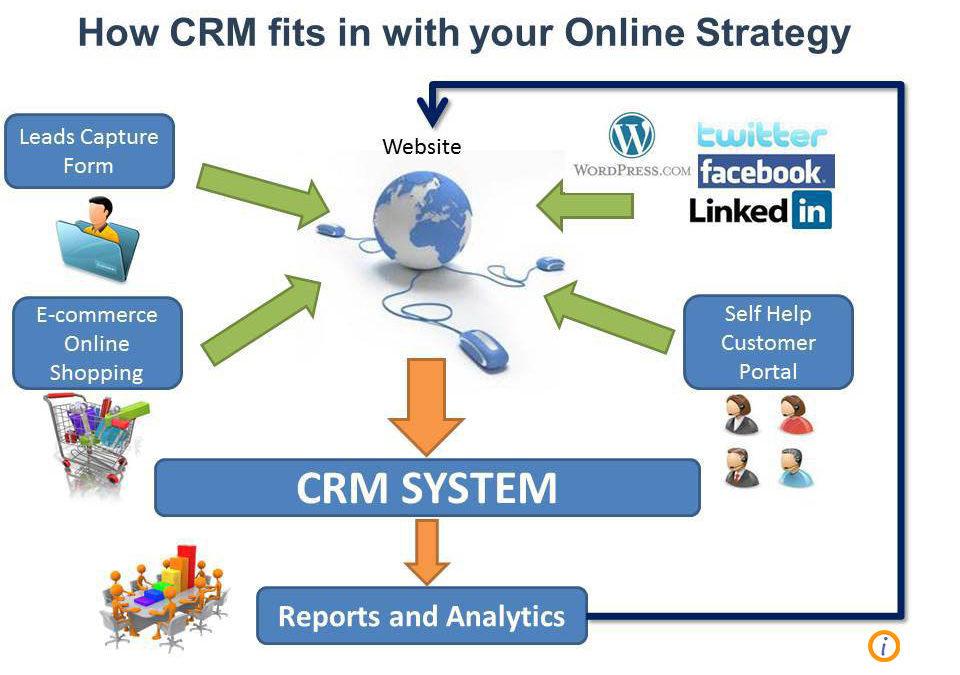
Magento on Steriods – A Piranha Industries Story

Using Magento 2 as the base, iCita was able to create a customized and user friendly platform that fully supported the pool technicians and their managers, while giving the Piranha team the ability to provide top noche customer service. The plan included setting up new hosting environments for the new and existing applications, and more importantly, it required the moving of all historical data on clients, clubs, technicians, products, order history, order invoicing as well as product contract pricing and discount rates into the new system.
The entire project proved a success as the Piranha team started processing more orders and was able to quickly research products and assist technicians via phone or the portal site. iCita happily supports application updates and enhancements as Piranha grows.
About Piranha Industries
Piranha Industries is a wet area management partner that combines the latest commercial pool technologies with first-class customer service. Our SINGLE SOURCE comprehensive program will bring your wet area in to the 21st century. Founded in 2010 by Colorado Pool Systems, we have extensive experience in the fitness and hospitality industries, homeowners’ associations and recreation centers nationwide. We’re able to ensure your pool and spa needs are met through state-of-the-art software solutions and a dedicated team of customer service representatives, designers and IT developers. Our software is truly one of a kind, as it makes real-time maintenance tracking a reality. Along with our management program, we have the ability to improve your wet area, reduce your amenity downtime, and lower the operating expenses at your facility allowing you to focus on your business and customers.
About iCita llc
iCita (pronounced eye-SEE-ta) is a strategic marketing and technology company focused on cloud-based technologies and solutions. The iCita team has specific strategies that form a solid bridge between marketing and technology goals propelling their clients forward. The company is based Colorado and was founded in 2001 in Boulder – at the very heart of technology innovation in Colorado.
Get inspired and make a difference – visit www.iCita.net and www.iCita.rocks.
Media Contact:
Thomas Smidt
tom.smidt@icita.net
720.232.0917

Get a plan in place
Our Approach Is Different
- We listen
- Work together
- Measure success















